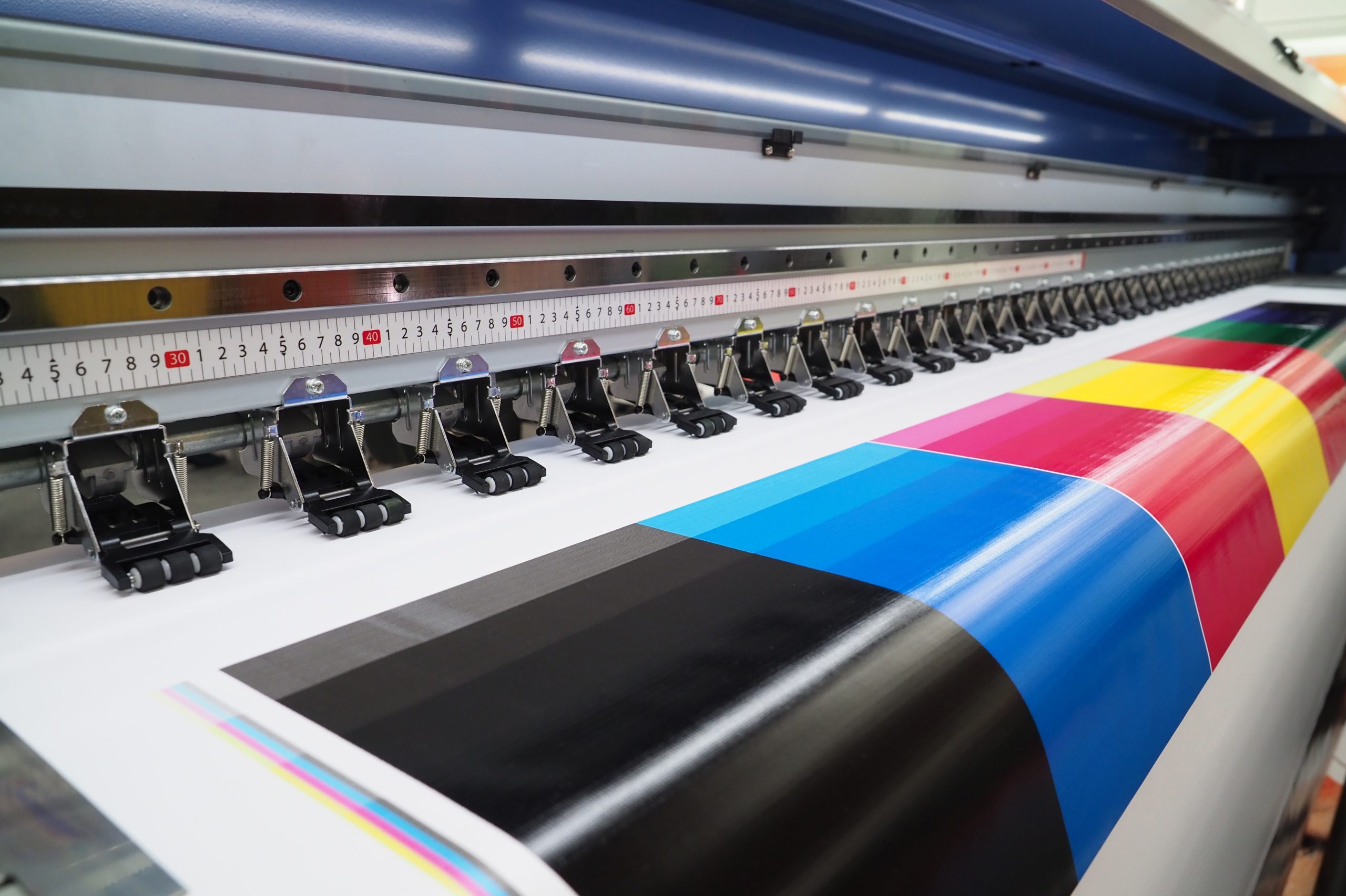With today’s data-driven world, businesses are constantly inundated with vast amounts of information from various sources. Whether it’s customer data, sales figures, marketing metrics, or operational statistics, organizations are collecting more data than ever before. While this data is valuable, it’s often complex and overwhelming to interpret. This is where data visualization steps in as a powerful tool.
Data visualization involves presenting data in graphical or visual formats, such as charts, graphs, and dashboards, to make it more accessible, understandable, and actionable. In this article, we will explore seven ways in which data visualization can significantly benefit your company.
Enhancing Data Understanding:
Data visualization provides a unique advantage by simplifying the process of comprehending complex data. It transforms raw data into visual representations that are easy to grasp, regardless of an individual’s technical expertise. Instead of poring over rows of numbers, employees can quickly glean insights and trends from visualizations.
Effortless company structure visualization is a prime example of this. With the use of organizational charts, businesses can visually represent their hierarchy, reporting relationships, and departmental structures. This aids employees in comprehending the organization’s set up effortlessly.
Supporting Data-Driven Decision-Making:
Informed decision-making is the cornerstone of effective business operations. Data visualization plays a pivotal role in this process by providing decision-makers with valuable insights in a clear and accessible format. When leaders can easily understand data, they are better equipped to make strategic decisions that align with the company’s objectives.
Imagine a company contemplating an expansion into a new market. Through data visualization, the management team can analyze market research, consumer behavior, and competitive landscapes through interactive dashboards. This empowers them to make informed decisions backed by comprehensive data analysis.
Improving Communication and Collaboration:
Effective communication and collaboration are essential for an organization’s success. Data visualization acts as a universal language that bridges communication gaps and fosters collaboration across departments and hierarchical levels. Visual representations of data are often more persuasive and comprehensible than lengthy reports or spreadsheets.
Imagine a scenario where a company is undergoing a restructuring of its company structure. Data visualization can be employed to present the proposed changes, showcasing the benefits and impacts of the reorganization to employees. Visualizations make it effortless for employees to grasp the changes and provide valuable feedback, promoting a more collaborative and transparent atmosphere.
Enhancing Performance Monitoring:
Monitoring performance is a continuous necessity for businesses striving for improvement. Data visualization simplifies performance monitoring by converting intricate data into visual indicators that are easy to track. Whether it’s monitoring key performance indicators (KPIs), sales metrics, or customer satisfaction scores, visual representations provide real-time insights.
In a manufacturing company, for example, a visual dashboard can display real-time production rates, machine downtime, and defect rates. This enables production managers to make immediate adjustments to optimize production efficiency and minimize downtime.
Identifying Trends and Patterns:
Data visualization excels at revealing trends and patterns within data that may not be apparent in raw numbers. While these insights might remain hidden in spreadsheets or databases, visualizations make them instantly recognizable. Recognizing these trends and patterns can assist your company in making strategic decisions and staying ahead of the competition.
For example, a retail company can utilize data visualization to analyze sales data over time, unveiling seasonal buying patterns and customer preferences. Armed with this information, the company can adjust inventory, marketing campaigns, and promotions to align with the identified trends, ultimately boosting sales and customer satisfaction.
Streamlining Reporting and Analysis:
Generating reports and conducting data analysis can be time-consuming and intricate tasks. Data visualization simplifies these processes by automating the creation of visual reports and dashboards. This not only saves time but also ensures that data is presented consistently and accurately.
Consider a financial department within a company. They can leverage data visualization tools to automate the generation of financial reports, providing stakeholders with up-to-date financial insights through interactive dashboards. This streamlined reporting process enhances efficiency and supports data-driven decision-making.
Detecting Anomalies and Preventing Issues:
Timely detection of anomalies and potential issues is critical for maintaining business operations and minimizing risks. Data visualization, in conjunction with advanced analytics and machine learning, can help your company identify anomalies and deviations from expected patterns. This proactive approach enables timely intervention and issue prevention.
Imagine a scenario in which a company’s IT department uses data visualization to monitor network traffic. If unusual activity or security breaches are detected, the system can trigger alerts, allowing IT teams to investigate and address potential issues promptly. This proactive approach minimizes the risk of data breaches and network downtime.
Choosing the Right Data Visualization Tools:
To harness the benefits of data visualization, companies need to select the right tools and platforms. Here are some considerations:
- Ease of Use: Look for tools that are user-friendly and do not require extensive training. This ensures that employees across the organization can effectively use data visualization tools.
- Compatibility: Ensure that the chosen tools are compatible with your existing data sources and systems. Integration with popular data storage and analytics platforms is essential.
- Customization: Seek tools that allow customization of visualizations to meet your specific business needs. Flexibility in design and data manipulation is crucial.
- Scalability: Consider whether the tools can scale with your business as data volumes and complexity grow.
- Interactivity: Choose tools that provide interactive features, allowing users to explore data and gain deeper insights.
- Collaboration: Look for tools that support collaboration features, enabling teams to work together on data analysis and visualization projects.
Unleashing the Power of Data Visualization
Data visualization is not just a trend; it’s a critical tool for businesses looking to thrive in today’s data-driven world. By enhancing data understanding, facilitating informed decision-making, identifying trends and patterns, streamlining reporting and analysis, enhancing communication, supporting data-driven storytelling, and detecting and preventing issues, data visualization empowers organizations to make the most of their data assets.
As businesses continue to amass vast amounts of data, the ability to transform this data into actionable insights through effective data visualization becomes increasingly essential. To stay competitive and responsive in a rapidly evolving landscape, companies should invest in the right data visualization tools and cultivate a culture that embraces data-driven decision-making. In doing so, they can harness the power of data to drive growth, innovation, and success.






